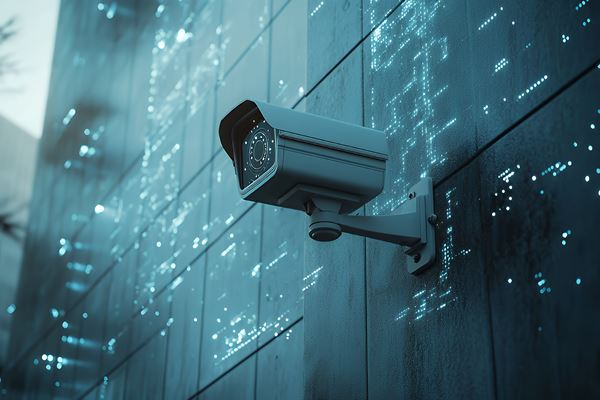Envista Featured in Forensic Resources: Are There Really Flaws in Cell Phone Location Evidence?
Call Detail Records
Call detail records contain information on calls, text messages, and data usage. These records can provide dates, times, phone numbers in contact with one another, and cell site location information, which assists investigators in determining the approximate location of a cell phone during a call or text message by providing the location of the tower that was used during those transactions.
Current commercial software tools allow for anyone to import the call detail records and produce complex maps that are then presented to juries. Many law enforcement agencies and private companies have dedicated resources to analyze and process this data and there is a growing market for software tools that assist and expedite the analysis of call detail records.
Cell Tower Evidence Flaws
Cellular towers use radio frequency signals that are capable of covering large geographical areas, but the signal of towers is affected by many factors including the type of antenna being used, buildings near the tower, wooded areas, bodies of water, and topography. It is important to understand that due to these factors, the nearest cellular tower is not always used to connect to the cellular network. A cell phone will select the tower that provides the best signal when connecting to the network.
Drive Tests
Major issues arise when the automated software analysis of call detail records is not verified by a qualified expert and when critical validation methods are not employed. Validation techniques are best practices to ensure that the analysis of call detail records is accurate and complete. This practice is performed by conducting a forensic radio survey often called a “drive test.”
Forensic radio surveys or drive tests provide proof of the actual coverage area of a cellular tower. This is accomplished using specialized equipment, which measures radio signals in specific areas. The collection of that data and Global Position System (GPS) data, allows for examiners to map the radio signals for a better understanding of how the towers provide service in a particular area.
Learn more on the important steps conducted by experts for evidence verification.



